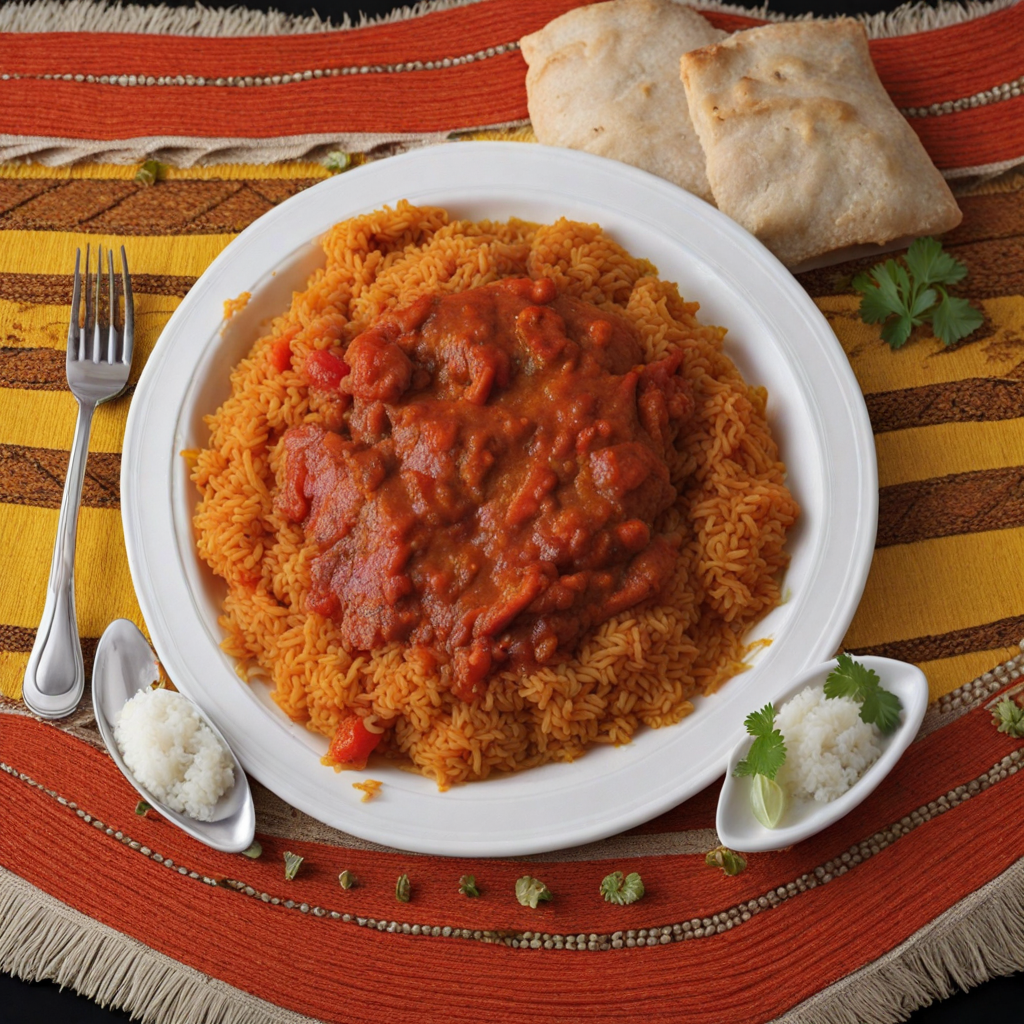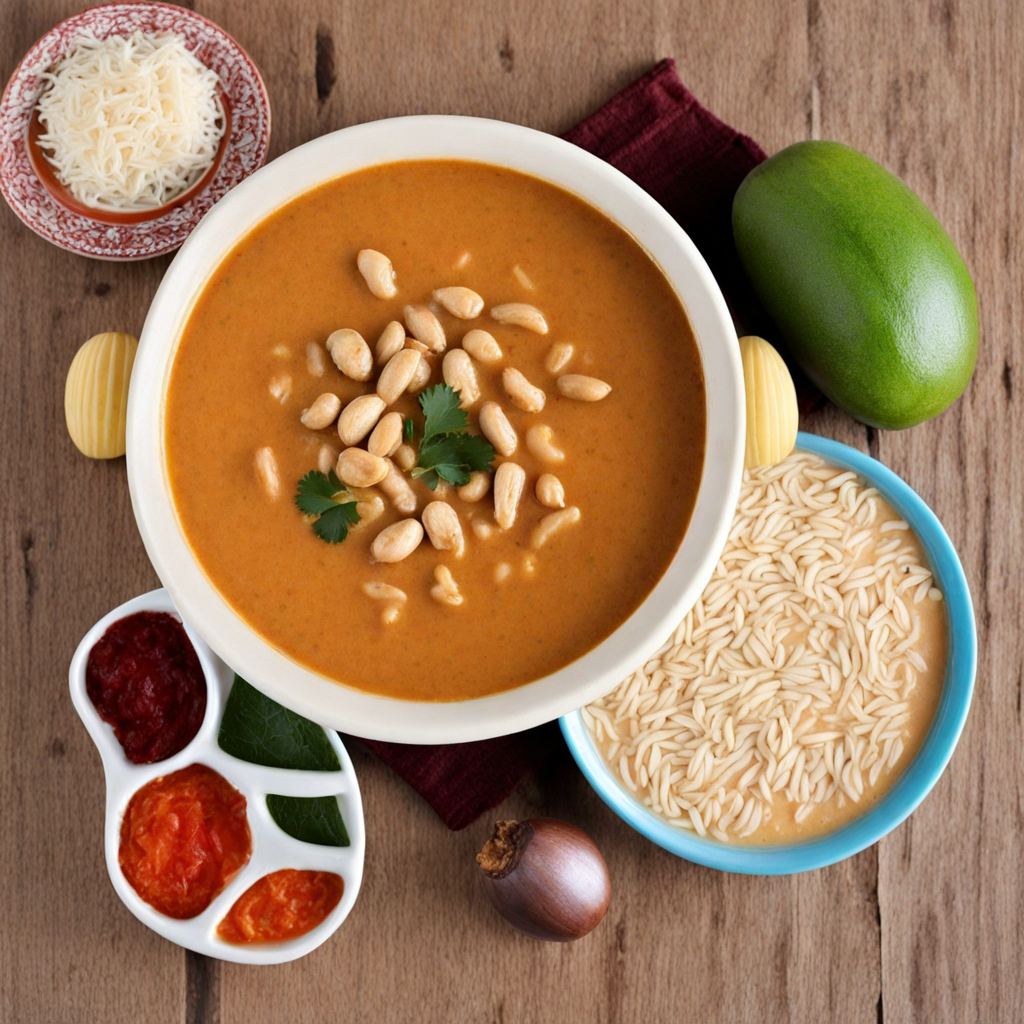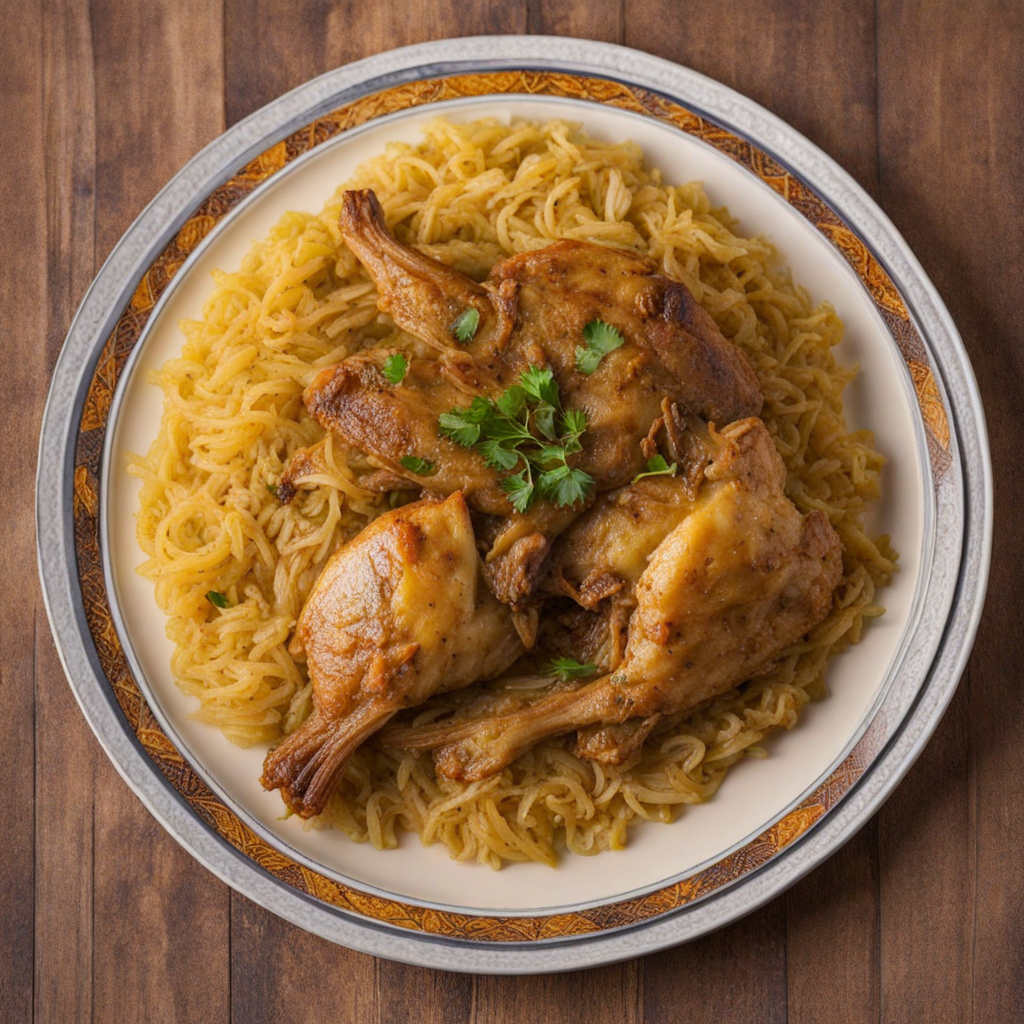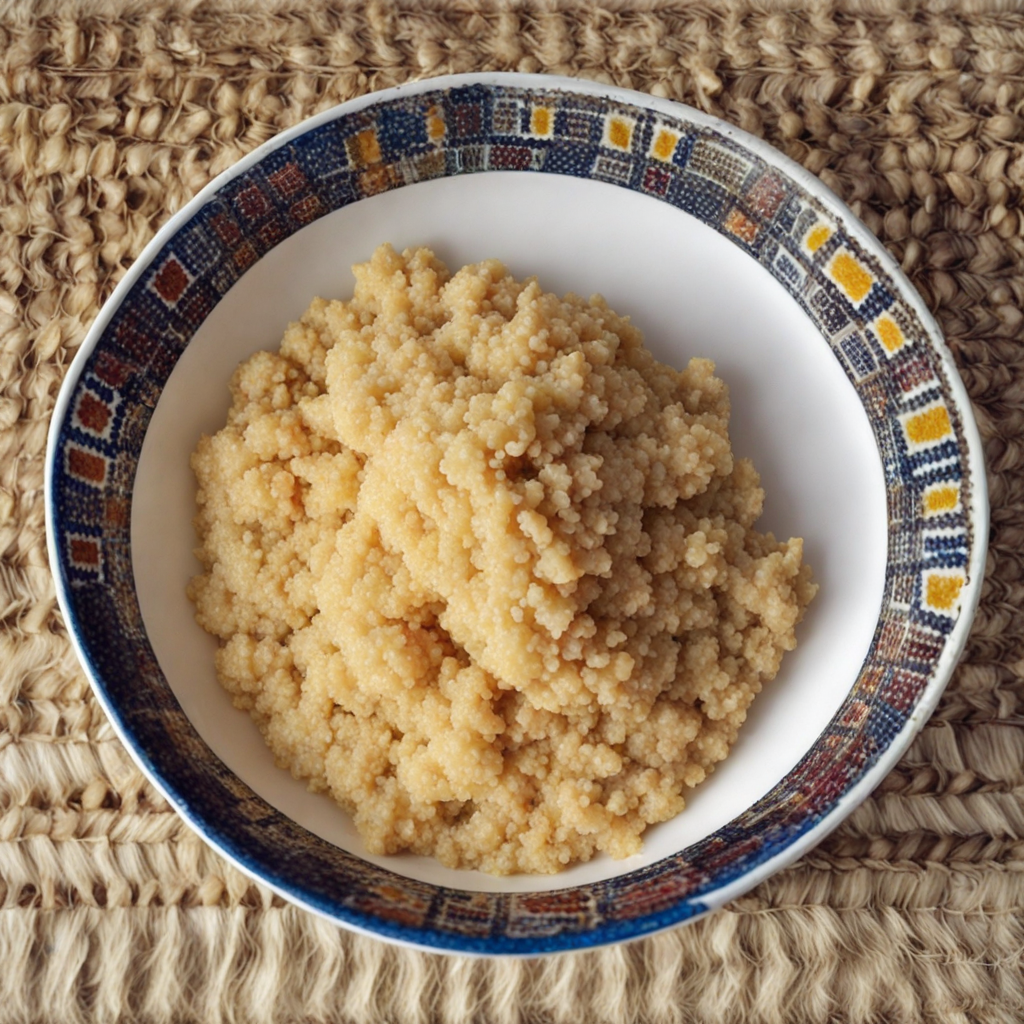Thiéboudienne
Thiéboudienne, often referred to as the national dish of Senegal, is a vibrant and hearty meal that showcases the rich flavors and culinary traditions of West Africa. At its core, this dish features a base of perfectly cooked rice, which is often infused with a blend of spices, herbs, and the essence of fish. The rice is typically accompanied by a variety of vegetables, such as carrots, cassava, and eggplant, which not only add vibrant colors but also contribute to the dish's texture and flavor profile. The cooking process involves simmering the rice in a flavorful broth, creating an aromatic experience that tantalizes the senses. What sets Thiéboudienne apart is the use of fish, most commonly red fish, which is marinated with a mixture of spices, lime, and mustard for a burst of flavor. The fish is then grilled or fried to perfection, allowing it to retain its moisture and flaky texture. The combination of the marinated fish with the seasoned rice creates a delightful balance of savory and subtly spicy notes, making each bite a comforting and satisfying experience. The dish is often served with a rich tomato sauce, adding an additional layer of depth and richness to the meal. Thiéboudienne is not just a dish; it's a communal experience that brings people together. Traditionally served on a large platter, it encourages sharing and enjoying the food as a group, reflecting the warm hospitality of Senegalese culture. The dish embodies the essence of Senegalese cuisine, blending local ingredients with time-honored cooking techniques to create a meal that is both nourishing and full of flavor. For those seeking to explore new culinary horizons, Thiéboudienne offers a unique taste of Senegal that is sure to leave a lasting impression.
How It Became This Dish
Ceebu Jën: The Heart of Senegal’s Culinary Legacy Ceebu Jën, often referred to as the national dish of Senegal, is a vibrant and flavorful rice and fish dish that serves as a culinary emblem of the country’s rich history, cultural diversity, and communal spirit. Its name translates to “rice and fish” in Wolof, the most widely spoken language in Senegal, reflecting the primary ingredients that define this beloved dish. The history of Ceebu Jën is a fascinating tapestry woven with threads of tradition, trade, and the sociocultural dynamics of the Senegalese people. Origins and Historical Context The roots of Ceebu Jën can be traced back to the coastal regions of Senegal, where the abundance of the Atlantic Ocean has historically provided a rich source of fish. The dish is believed to have evolved from the interactions between the local Wolof people and various external influences, particularly during the period of trade and colonization in West Africa. With its strategic coastal location, Senegal became a bustling hub for merchants, facilitating exchanges not only of goods but also of culinary practices. The dish’s fundamental components—rice and fish—are deeply ingrained in the agricultural and maritime practices of the Senegalese. Rice was introduced to the region by the Portuguese in the 15th century, but it was the French who played a significant role in cultivating rice paddies along the Senegal River. As rice became a staple food, it blended seamlessly with the local fishing traditions, giving rise to Ceebu Jën. Cultural Significance Ceebu Jën is more than just a meal; it is a cultural symbol that embodies the essence of Senegalese hospitality, family, and community. Traditionally, the dish is prepared for gatherings, celebrations, and significant occasions, serving as a centerpiece for communal dining. The preparation and sharing of Ceebu Jën foster bonds among family and friends, as it is often enjoyed from a communal platter, where diners gather around to savor the flavors together. The dish is also emblematic of the Senegalese way of life, which values connection and sharing. In many households, preparing Ceebu Jën involves the participation of multiple family members, with each person contributing to the cooking process. This collaborative effort not only strengthens family ties but also passes down culinary knowledge from one generation to the next, making it an integral part of the cultural heritage. The Ingredients and Preparation Ceebu Jën is characterized by its vibrant colors and rich flavors, derived from a harmonious blend of ingredients. The primary components include: 1. Fish: Typically, a variety of fish such as grouper or snapper is used. The fish is often marinated with spices, including garlic, ginger, and chili, to enhance its flavor. 2. Rice: The rice is usually cooked in a flavorful broth made from fish stock, vegetables, and spices. The cooking technique involves layering the rice and fish, allowing the rice to absorb the rich flavors of the broth. 3. Vegetables: A colorful array of vegetables, such as carrots, eggplant, and cabbage, are commonly included, adding both nutrition and visual appeal to the dish. 4. Spices: A blend of spices, often including the local ingredient known as “bissap” (hibiscus flower), contributes to the unique taste profile of Ceebu Jën. The preparation of Ceebu Jën is an art form in itself. It begins with the careful selection and marination of the fish, followed by the cooking of the vegetables and the rice. The ingredients are layered in a large pot, where they simmer together, allowing the flavors to meld. The result is a fragrant and visually stunning dish that captures the essence of Senegal’s culinary traditions. Evolution Over Time As Senegal has evolved, so too has Ceebu Jën. The dish has adapted to changing tastes, influences, and available ingredients. The increased globalization of food has introduced new flavors and techniques, but the traditional essence of Ceebu Jën remains intact. In the modern culinary landscape, Ceebu Jën has gained international recognition and is often featured in Senegalese restaurants around the world. Chefs have experimented with variations of the dish, incorporating local ingredients from their regions while still honoring the traditional preparation methods. This adaptability has not only elevated the dish’s profile but has also facilitated cultural exchange, allowing more people to appreciate Senegalese cuisine. Furthermore, the rise of food tourism in Senegal has spotlighted Ceebu Jën as a must-try dish for visitors. Culinary tours often include cooking classes where participants can learn how to prepare Ceebu Jën, fostering a greater understanding of the dish’s cultural significance and the stories behind it. This trend has contributed to a renewed interest in traditional Senegalese foods, encouraging younger generations to embrace their culinary heritage. Conclusion Ceebu Jën is a captivating representation of Senegal’s culinary history, serving as a bridge between the past and present. Its origins reflect the confluence of local traditions and external influences, while its preparation and communal aspect embody the values of family and togetherness. As the dish continues to evolve and adapt to contemporary tastes, it remains a cherished symbol of Senegalese identity, inviting all who partake in it to experience the rich flavors and stories that define this remarkable country. Whether enjoyed in a bustling market, a family gathering, or a restaurant abroad, Ceebu Jën invites everyone to partake in the warmth and hospitality of Senegalese culture, one spoonful at a time.
You may like
Discover local flavors from Senegal







